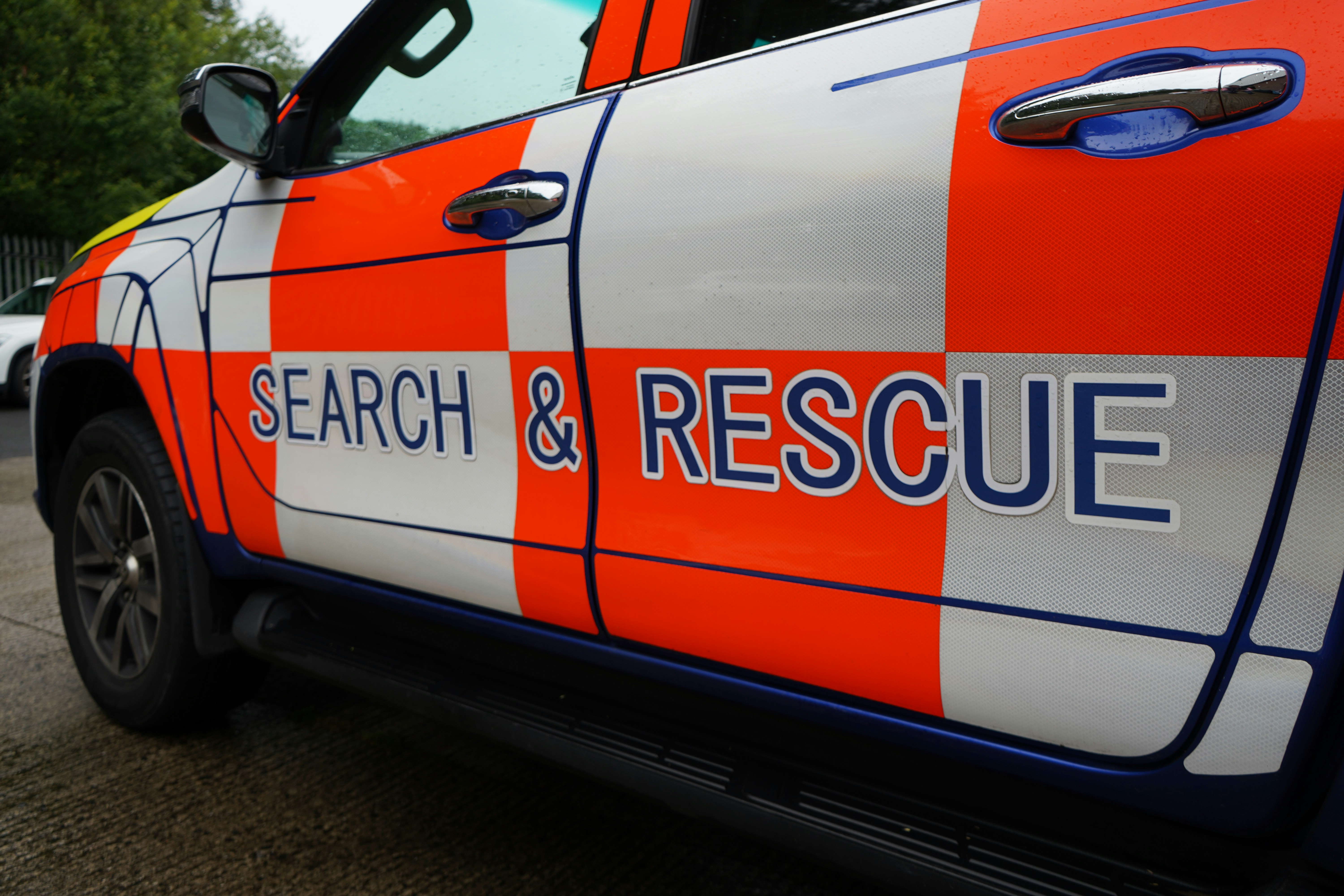
How to Train a Bed Bug Detection Dog: Methods and Tips

How to Train a Bed Bug Detection Dog: Methods and Tips
Bed bug infestations can wreak havoc on homes, hotels, and commercial properties, making early detection crucial. One of the most effective tools in this fight is a bed bug detection dog. Trained to sniff out the tiny pests, these dogs offer fast, reliable, and non-invasive solutions to a growing problem. In this post, we’ll explore how you can train a bed bug detection dog, what the process entails, and why the demand for these specialized K9 units is on the rise.

Why Train a Bed Bug Detection Dog?
Bedbug detection dogs are invaluable assets in the pest control industry. Their ability to detect even the smallest presence of bed bugs with incredible accuracy (often above 90%) makes them a preferred choice for many businesses. The need for these dogs is growing, as infestations are increasingly common in urban areas, and early detection can save property owners thousands of dollars in damage control.
Market and Earnings Overview:
- Market Size: The bed bug extermination market is part of the broader pest control industry, which was valued at $24.9 billion in 2021 globally. Bed bug detection services represent a niche but growing segment due to increased awareness of eco-friendly, non-chemical detection methods.
- Earnings: Handlers can earn anywhere from $50,000 to $80,000 annually, depending on their location, demand, and expertise. Bedbug detection dogs often command fees of $200 to $500 per inspection, especially in high-risk areas like hotels or multi-family residences.
- Demand: The demand for bed bug detection services is growing at about 6-7% annually, driven by increased urbanization and global travel. Pest control companies are increasingly adding K9 units to their services, providing opportunities for trainers and handlers alike.
Step-by-Step Guide to Training a Bed Bug Detection Dog
Training a dog for bed bug detection involves both basic scent detection skills and specialized techniques tailored to these specific pests. Here's a step-by-step guide on how to train a bed bug detection dog.

1. Scent Imprinting
The first step in training is introducing your dog to the scent of bed bugs. You'll need bed bug samples stored in sterile containers to ensure a clean and distinct scent. Start by presenting the sample to the dog in a controlled environment and rewarding them when they show interest.
- Tip: Begin with a few live bugs in a container, adding more as the dog progresses. Make sure the sample is free of contaminants to avoid scent confusion.
2. Positive Reinforcement
Use treats, toys, or praise to reward the dog every time they successfully detect the scent. It's crucial to establish a positive association with finding the bed bugs early in the process.
- Tip: Timing is key—reward the dog immediately after they identify the scent to reinforce the behavior.
3. Scent Discrimination
Once the dog is familiar with the scent of bed bugs, introduce distractions like other pests (ants, roaches, etc.) or scents (food, perfume). The goal is to teach your dog to focus solely on the bed bug odor.
- Tip: Gradually increase the difficulty of the scenarios. Start by hiding the sample in plain sight, then progress to more challenging situations like hiding the sample under a mattress.
4. Search Patterns
Train your dog to systematically search various environments, such as rooms, furniture, and bedding. Dogs need to develop a search pattern to cover large areas efficiently without missing any spots.
- Tip: Use markers to help the dog maintain a pattern in more complex environments, like hotel rooms or offices.
5. Tracking Progress

Keep detailed records of your dog’s performance, noting how long it takes them to detect the scent and how accurate they are. This will help you adjust the training as needed and ensure the dog is ready for real-world situations.
- Tip: Use a logbook or tracking app to monitor milestones and challenges during training.
6. Certification
Once your dog has mastered scent detection, you’ll want to pursue certification. This ensures your dog meets industry standards and can be insured for pest control work. Organizations like the National Entomology Scent Detection Canine Association (NESDCA) offer certifications specific to bed bug detection dogs.
- Tip: Certification not only adds credibility but can also increase your earning potential as a handler.
Tips for Ongoing Success
Training doesn’t end once your dog is certified. Regular training sessions are essential to maintain their sharp detection skills. Set aside time each week to work with your dog, varying the environment and difficulty to keep them on their toes.
- Routine Maintenance: Bed bugs may not always be present during inspections, so it’s vital to keep the dog’s detection skills fresh with routine training.
- Health and Well-being: Keeping your detection dog healthy is crucial for long-term success. A well-balanced diet, regular exercise, and vet check-ups are non-negotiable.
Conclusion: The Growing Need for Bed Bug Detection Dogs
Bed bug infestations show no signs of slowing down, making bed bug detection dogs an essential service in the pest control world. For those looking to enter this niche market, the time to start training is now. With dedication, proper methods, and certification, you can offer a high-demand service that’s both lucrative and impactful.
Unleash the Potential of Your Working Dog with DogBase.
Our innovative platform streamlines training, simplifies data tracking, and leverages AI to optimize performance for all working dog teams.
What our customers says about us
Support & Share
Get Started with DogBase























